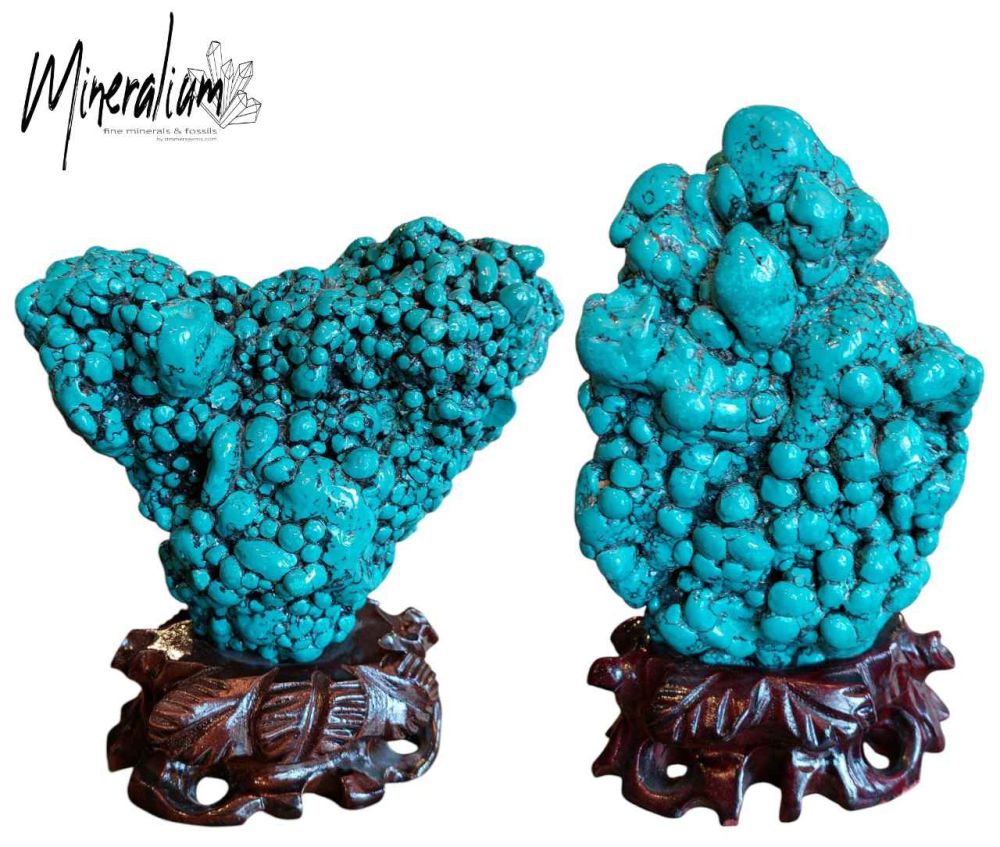We use cookies to make your experience better.
TimmersGems has a new website, existing customers also need to register again.
Tibetan Turquoise from the Tibetan Plateau (2-5 kilos)
Tibetan turquoise, as the name suggests, comes from the Tibetan Plateau, a region known for its rich cultural heritage and diverse landscapes. The gemstone is often associated with Tibetan and Nepalese jewellery, where it has special cultural and spiritual significance.
Availability:
In stock
SKU
122260
Tibetan Turquoise from the Tibetan Plateau (2-5 kilos) is available to buy in increments of 10
The mineral turquoise is a hydrated copper-aluminium phosphate with the chemical formula CuAl₆(PO₄)₄(OH)₈·4(H₂O). The green, yellow-grey, light blue, but typically blue-green turquoise has a waxy sheen and a pale blue-white streak colour. The crystal system is triclinic, and the cleavage is perfect according to the crystal plane [001] and good according to [010]; moreover, it occurs almost exclusively in cryptocrystalline forms, so the cleavage is not observable in practice. The average density is 2.7, and the hardness is 5 to 6. Turquoise is not radioactive. The mineral turquoise is named after Turkey, the country through which it passed when it first reached Europe; as far as is known, it does not occur in Turkey. The colour turquoise is named after this mineral. Turquoise is mainly found as a secondary mineral in copper ores. The type locality is the Nishapur deposit in Iran. The mineral was also mined in the Sinai, and in Serabit el-Khadim there is a temple dedicated to the Egyptian "Lady of Turquoise" (the goddess Hathor). Turquoise is used as a semi-precious stone. The Ottoman Empire mainly exported turquoise to Persia as a precious mineral. Turquoise is currently mined in Mexico, the United States, China and Iran. France first produced imitation turquoise in 1972, but its properties diverged from those of the natural varieties. However, the best-selling turquoise is now synthetic.
| Dimensions | 2-5 kilo |
|---|---|
| Country of Manufacture | Nepal |












